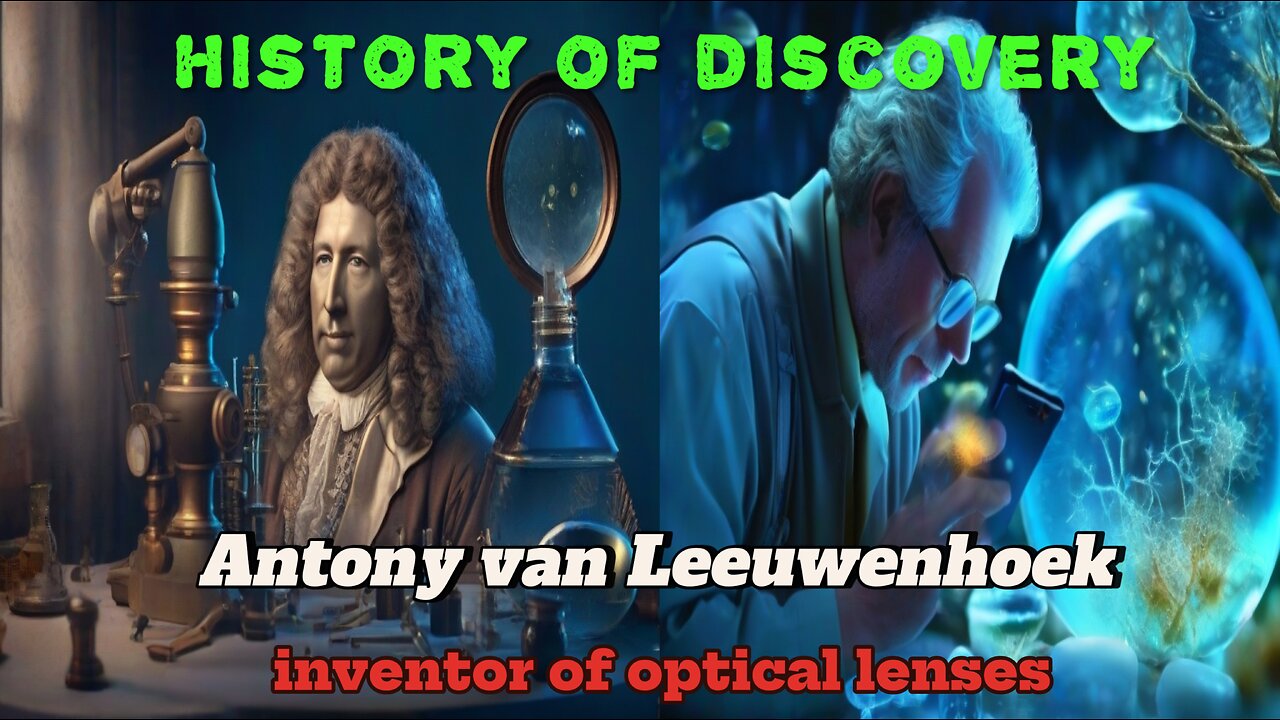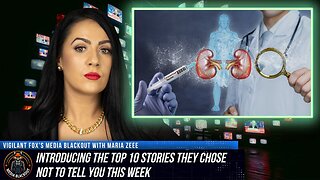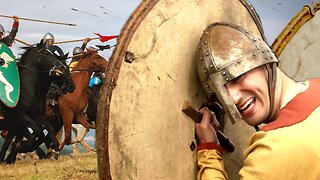Premium Only Content

How Antony van Leeuwenhoek Made His Tiny Lenses and Discovered a New World of Microbes
In this video, we will see how Antony van Leeuwenhoek, a Dutch scientist known as the father of microbiology, made his tiny lens and discovered a whole new world of microbes invisible to the naked eye. #Leeuwenhoek #Microscope #Microbiology
Leeuwenhoek made a simple microscope consisting of a single high-quality lens with a very short focal distance. He was the first person to observe bacteria, protozoa, and sperm cells using his microscope. His research refuted the doctrine of spontaneous generation and laid the foundations of bacteriology and protozoology.
Leeuwenhoek made his lenses by sharpening glass until it was thin and perforating it with a needle. Other lenses he made by melting glass and using small, very hot droplets that he shaped into almost spherical balls as they cooled. This method was described in 1678 by the influential English microscopist Robert Hooke, who inspired other scientists to do the same.
Leeuwenhoek observed a wide variety of small objects with his microscope, such as the structure of eye lenses, muscles, insect mouthparts, and the fine structure of plants. He also discovered parthenogenesis in aphids. However, his greatest discovery was the microbes he isolated from various sources, such as rainwater, pond and well water, and human mouths and intestines. He also measured their size.
Leeuwenhoek reported his discoveries to the Royal Society of London, a prestigious scientific organization that published the journal Philosophical Transactions. Although Leeuwenhoek had no academic background and did not speak Latin, the scientific language of the time, the Royal Society recognized his contributions and made him a member in 1680.
Leeuwenhoek died in 1723, at the age of 90. He left behind more than 500 lenses and about 200 microscopes, most of which were made of silver or brass. He also left detailed notes about his research, which became a valuable resource for scientists of the time. Leeuwenhoek is considered one of the pioneers of microscopy and microbiology, and his legacy lives on today.
-
 LIVE
LIVE
Vigilant News Network
7 hours agoBombshell Study Reveals Where the COVID Vaccine Deaths Are Hiding | Media Blackout
1,990 watching -
 1:17:59
1:17:59
Sarah Westall
3 hours agoDOGE: Crime & Hysteria bringing the Critics & the Fearful - Plus new CDC/Ukraine Crime w/ Dr Fleming
10.1K2 -
 45:39
45:39
Survive History
9 hours ago $0.33 earnedCould You Survive in the Shield Wall at the Battle of Hastings?
6.49K4 -
 1:50:28
1:50:28
TheDozenPodcast
7 hours agoViolence, Abuse, Jail, Reform: Michael Maisey
13.4K1 -
 23:01
23:01
Mrgunsngear
1 day ago $2.94 earnedWolfpack Armory AW15 MK5 AR-15 Review 🇺🇸
29.3K12 -
 25:59
25:59
TampaAerialMedia
1 day ago $0.72 earnedUpdate ANNA MARIA ISLAND 2025
13.1K1 -
 59:31
59:31
Squaring The Circle, A Randall Carlson Podcast
9 hours ago#039: How Politics & War, Art & Science Shape Our World; A Cultural Commentary From Randall Carlson
10.4K2 -
 13:21
13:21
Misha Petrov
9 hours agoThe CRINGIEST Thing I Have Ever Seen…
9.2K32 -
 11:45
11:45
BIG NEM
5 hours agoWe Blind Taste Tested the Best Jollof in Toronto 🇳🇬🇬🇭
5.02K -
 15:40
15:40
Fit'n Fire
9 hours ago $0.13 earnedArsenal SLR106f & LiteRaider AK Handguard from 1791 Industries
4.23K1